#pierre charles comte
Photo

Pierre Charles Comte (French, 1823 - 1895)
The Secret Rendezvous
#Pierre Charles Comte#french art#french#art#fine arts#female portrait#public domain#classical art#1800s#19th century#oil painting#traditional art#the secret rendezvous
3K notes
·
View notes
Text
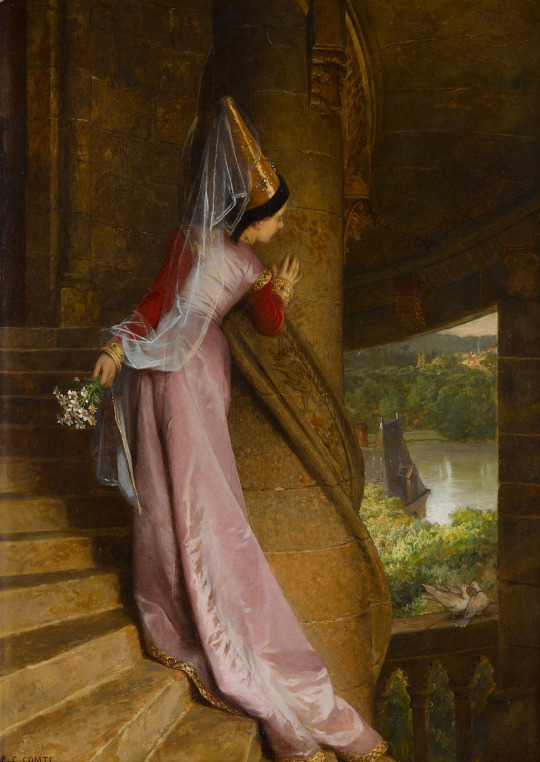
The Secret Rendezvous by Pierre-Charles Comte
#pierre charles comte#art#princess#damsel#secret#rendezvous#spiral staircase#spiral stairs#castle#palace#medieval#middle ages#history#europe#european#romantic#romanticism#france#castles#palaces#spiral#stairs#staircase#architecture#romance#flowers#birds
1K notes
·
View notes
Text
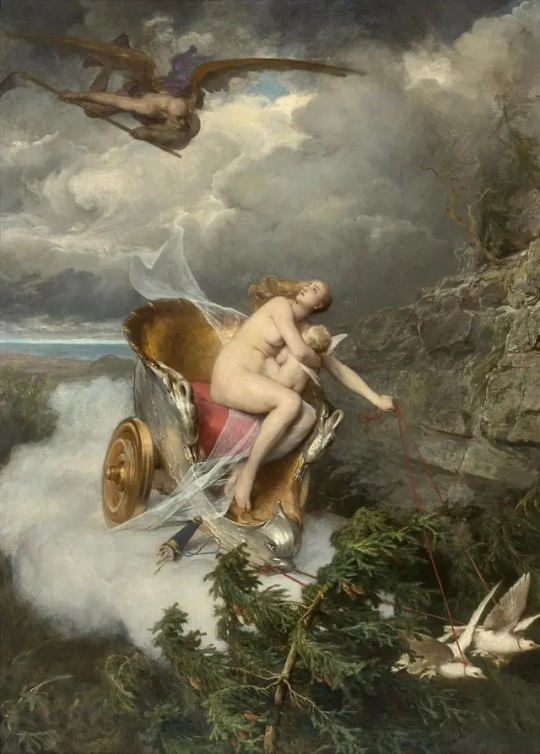
Pierre Charles Comte (French, 1823–1895) - Time chases Love
99 notes
·
View notes
Text
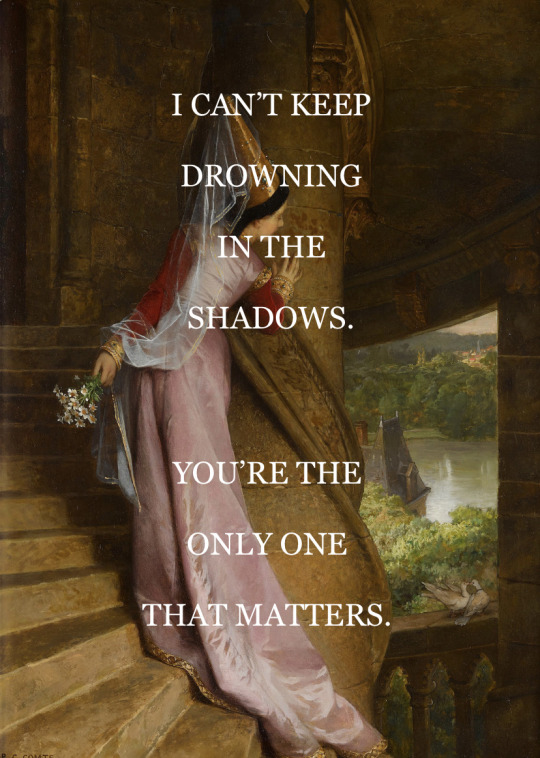
The Secret Rendezvous - Pierre Charles Compte // Kill My Time - 5 Seconds of Summer
#kill my time#kill my time lyrics#kill my time 5 seconds of summer#kill my time 5sos#5 seconds of summer#5sos#5sos lyrics#luke hemmings#ashton irwin#calum hood#michael clifford#luke 5sos#ashton 5sos#calum 5sos#michael 5sos#fine art#pierre charles comte#5sos edit#my edit#calm
8 notes
·
View notes
Text

The Secret Rendezvous by Pierre-Charles Comte
19th century
15 notes
·
View notes
Photo
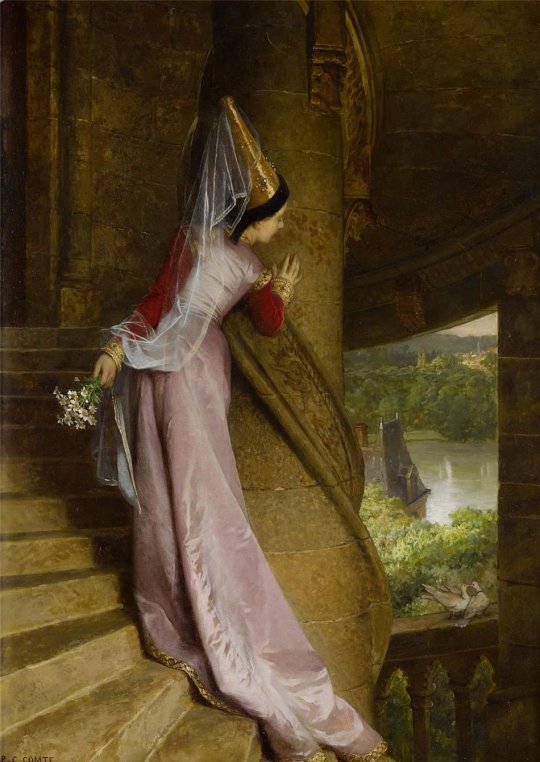
The secret rendezvous
Pierre-Charles Comte
58 notes
·
View notes
Text

Palais Granvelle - Besançon - France
#Granvelle#besancon#architecture#nicolas pernot de granvelle#histoire#besac#art#ville d'empire#pierre de chailuz#tourisme#history#empire#charles quint#franche-comte#france
28 notes
·
View notes
Text
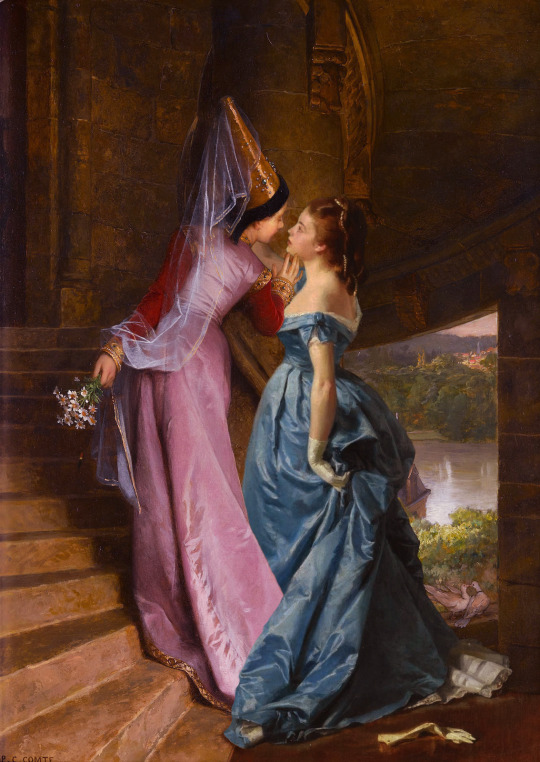

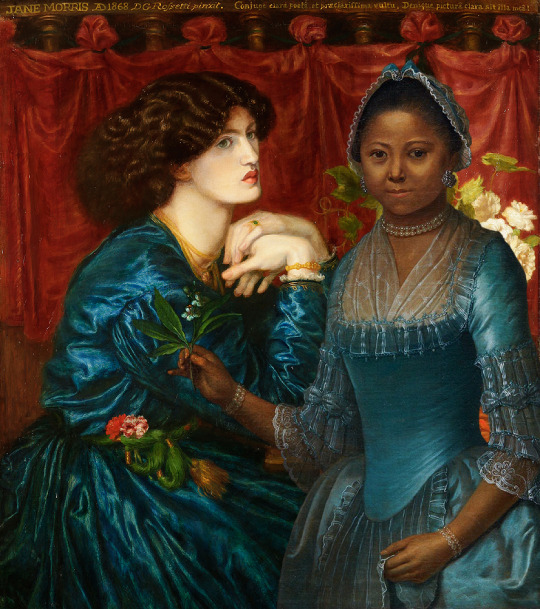

click here for the other ones
Le Rendez-Vous Secret by Pierre Charles Comte with An Exotic Companion by Auguste Toulmouche
Waterhouse's The Magic Circle (1886) with De Scott Evans's The Connoisseur (1887)
Jane Morris (The Blue Silk Dress) by Rossetti (1868) with Jeremiah Schultz's Portrait of a Lady Holding an Orange Blossom (1770s)
Echo and Narcissus (1903) with Ophelia (1894), both by John William Waterhouse
#john william waterhouse#dante gabriel rossetti#victorian#painting#lesbian#sapphic#art history#mythology#classical art#aesthetics#19th century art#art#medievalcore#wlw#mine
211 notes
·
View notes
Photo

Time Chasing Love Away. 1879. Pierre Charles Comte French 1823-1895. oil/canvas. http://hadrian6.tumblr.com
347 notes
·
View notes
Text


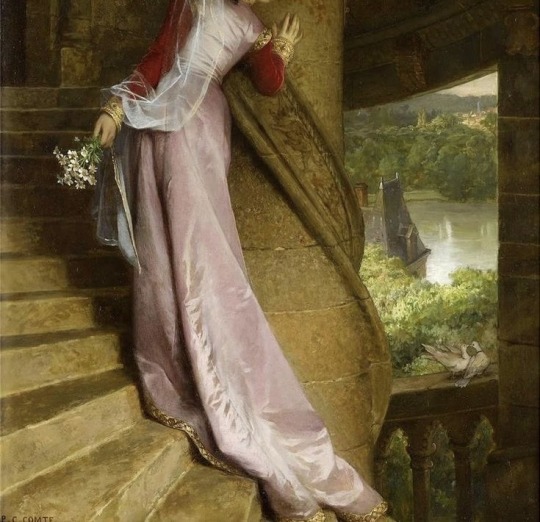
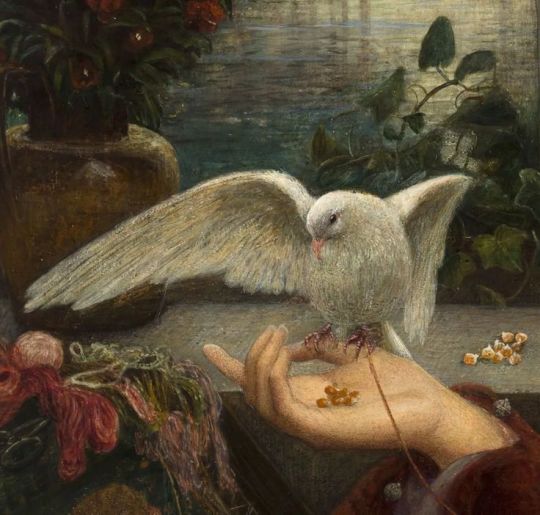


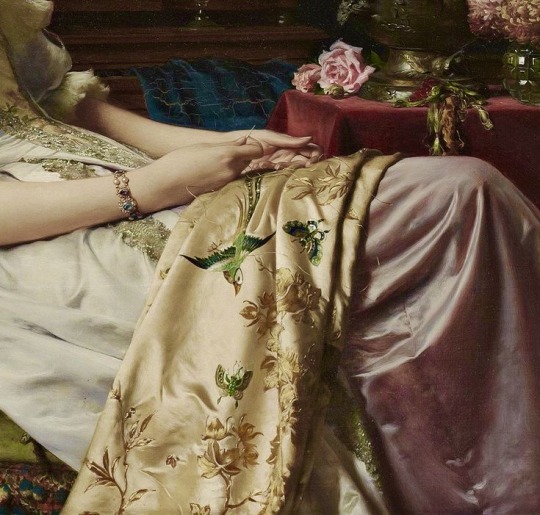


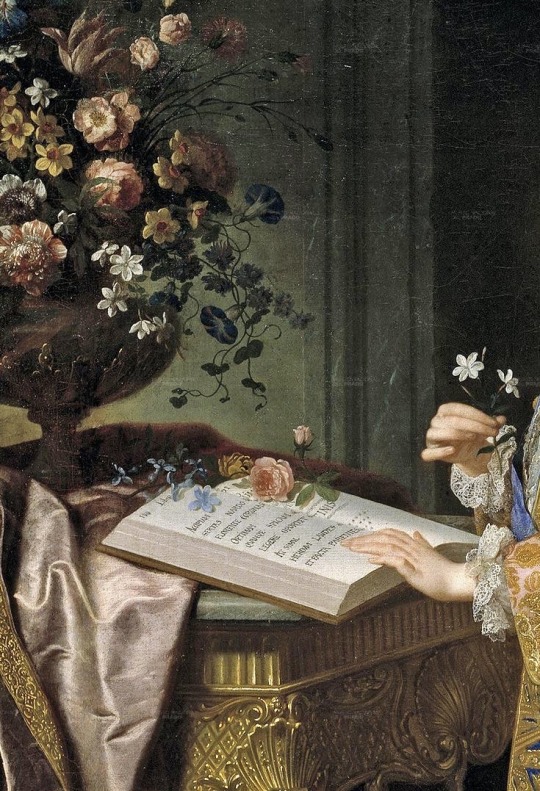

Edwin Henry Landseer - Scene from Midsummer Night’s Dream (Detail) // Hippie Death Cult - Sanctimonious // Pierre-Charles Comte - The Secret Rendevous // Marie Spartali Stillman - Love’s Messenger (Detail) // Carol Rifka Brunt - Tell The Wolves I’m Home // Anne Sexton - “The Fury Of Flowers And Worms. // Wladyslaw Czachórski - Resting Beauty (Detail) // Sara Teasdale - Sappho // John Keats - Ode to a Nightingale // Jean Ranc - Charles III As A Boy In His Study (Details) // L. Munir - Lazarus
17 notes
·
View notes
Text
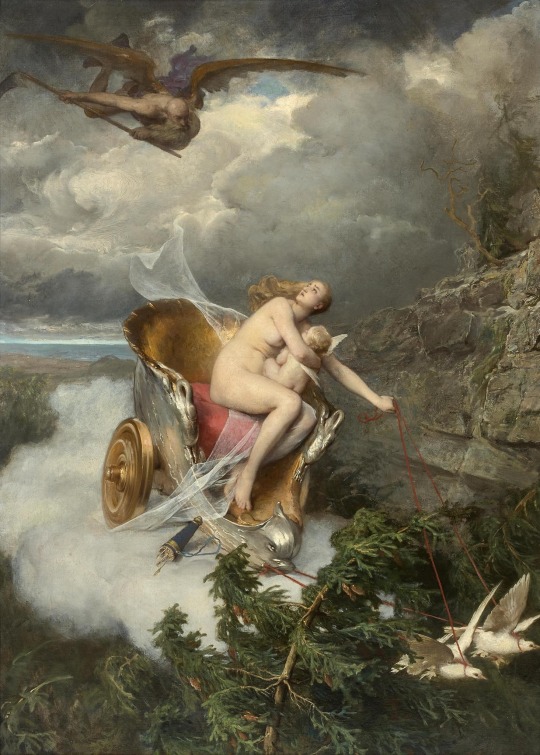
”Time Chasing Love Away” - ”Le Temps chasse l'Amour” - painted in 1879 by Pierre-Charles Comte (1823 - 1895). Oil on canvas; dimensions: 101 x 73 cm or 39.76 x 28.74 in. Private Collection. The painting shows Saturn, the personification of time in Roman mythology, chasing away the chariot in which sits Venus with her son Cupid. The chariot is drawn by two white doves. Saturn was a Roman god with a similar history to Cronus from Greek mythology. Associated with agriculture, harvest, wealth, abundance, and time, he was one of the most powerful gods of the ancient Romans. Saturn, like Cronos, carried a scythe or sickle. Pierre-Charles Comte was a French painter. He studied under Claude Bonnefond (1796-1860) in Lyon and Joseph-Nicolas Robert-Fleury (1797-1890) in Paris. Comte belonged to the academism art style and is known for history and genre painting.
56 notes
·
View notes
Text
Pedro & Inês (cultural ramblie)
Happy Valentine's Day!! <3<3 When I planned this post, I did not realize Carnaval and Valentine's Day were on consecutive days (catholic calendar calculations continue to kick my ass, just like every year), so you get TWO cultural ramblies for the price of one!!
This one is a bit different from the other ones. I usually talk about legends or holiday traditions but this is actually just history! Still, I felt inclined to share partly because this is a major thing in portuguese culture and partly because this is the most overdramatic historical anecdote I have ever seen and more people need to know about it. Now, let's get into it!
The Tragedy of Pedro and Inês


(portraits of Pedro and Inês, made centuries after their deaths)
In 1340, Prince Pedro of Portugal, son of King Afonso the 4th, married Constança Manuel of Aragon. When she moved to Portugal, Constança brought along her lady-in-waiting, Inês de Castro. You can already see where this is going.
Pedro and Inês fell madly in love and began a secret relationship (which seems to not have been that secret at all). In 1344, Afonso the 4th exiled Inês to the castle of Albuquerque, near the border, out of fear that this affair would sour diplomatic relationships with Castille.
It just so happens that Constança died in childbirth one year later. Despite his father's requests, Pedro refused to remarry, claiming that he was still too overcome with grief over his wife's death. Instead, he had Inês's exile annulled and began living with her. During this period in which they lived together, they had 4 children.
In 1355, five years later, King Afonso the 4th ordered the assassination of Inês de Castro. She was killed in Coimbra, in Quinta das Lágrimas, where legend says you can still hear her crying at the fountain where she lost her life, later named Fonte das Lágrimas ("Fountain of Tears"). This moment, along with another one further ahead, is the one all the poets go crazy for.
Inês's death triggered a revolt against the king, led by Pedro. However, there was never an actual physical confrontation, since the queen-mother was able to stop it in time.
In 1357, Pedro rose to the throne, becoming King Pedro the 1st. He claimed that he had married Inês in secret around 1354, legitimizing their children and making her possibly the only posthumous queen in history (someone fact-check me on this). For avenging her death, he was dubbed "Pedro, the Just".
He had matching tombs made for him and Inês so she could be buried as queen by his side. They still stand today in the Monastery of Alcobaça, where you can visit them. They were placed on opposite ends of the transept, facing each other, so that they could be face to face when they rose from their graves. The inscription on Pedro's tomb is thought to read "Until the ends of the world". I'll show pics later, don't worry.
You thought I was done? I haven't even gotten to the overdramatic part! (Ok, the tomb thing was pretty dramatic, but this part is extra as hell)
As King Pedro the 1st, he had Inês's two assassins executed. According to a somewhat contemporary chronicle by Fernão Lopes (still Middle Ages but a century later), he had their hearts ripped out, one through the chest and another through the back. Sources seem to disagree on whether this actually happened or not, but Fernão Lopes was a pretty reliable guy in other parts of his chronicle. And, this being strictly myth, it is said that he made those two assassins kiss the hand of Inês's corpse as they would the queen's. For this, he was dubbed "Pedro, the Cruel", on top of his other title. Perfectly balanced and whatnot.
Here's a painting by Pierre-Charles Comte about it:
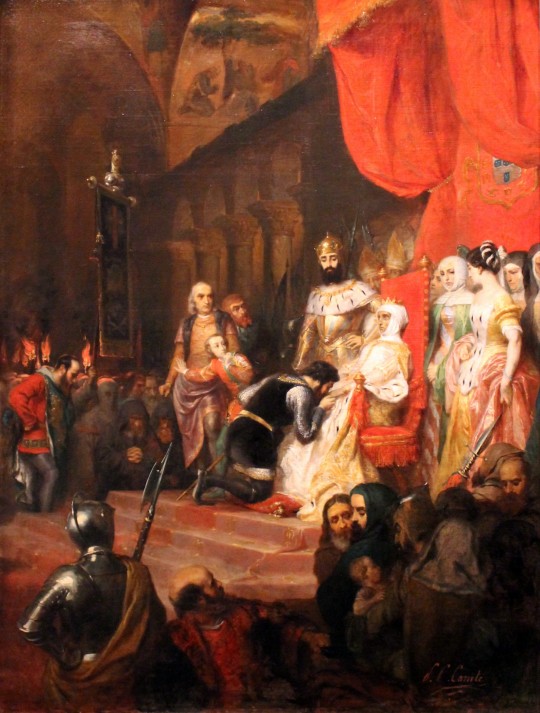
The Tombs
I saw them in early November of last year and I cannot overstate how amazing they are in real life. The whole church they're in is beautiful but the tombs are just breathtaking, especially knowing the story behind them.
They're the reason I wanted to make this post. They are considered some of the greatest masterpieces of portuguese gothic sculpture. They are full of intricate carvings and, despite missing a few pieces here and there, are still in amazingly good condition today. You can visit them for free any time.
Here are the pictures I promised. The last 2 are taken by me!


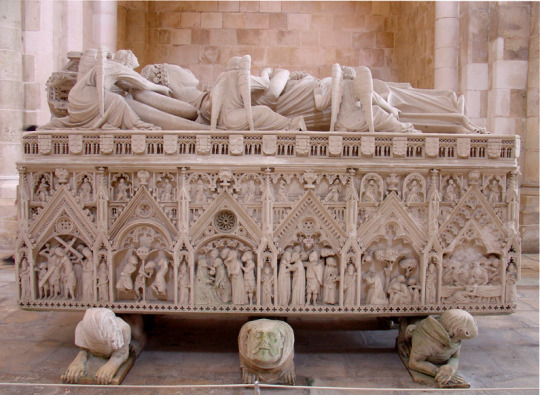
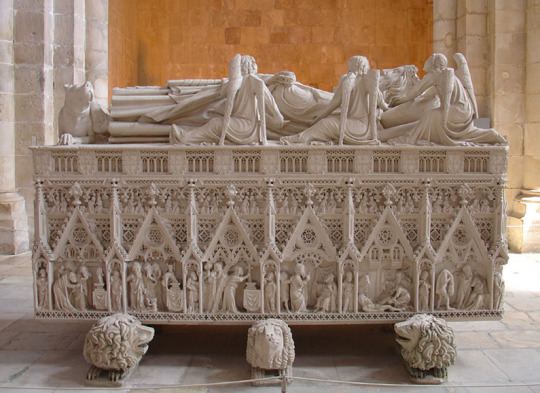
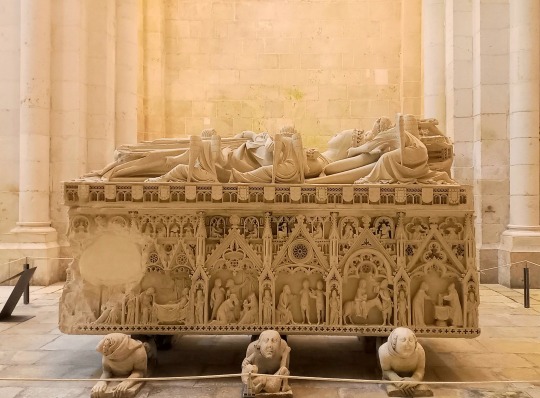

Some historical notes (cool facts)
This is mostly about the corpse coronation part because I found it in my research and thought it was cool.
The first dynasty of portuguese kings didn't have coronations. They were seen as warrior kings first and foremost, and therefore felt no need to pledge their allegiance to Christianity. If they did swear over something, it was a shield. They did not have the fancy ceremony.
What can we learn from all this, you ask?
Write that overdramatic romance you've been wanting to. You'll never out-drama queen King Pedro the 1st.
#as a kid i always felt really bad for Constança#she literally got pushed aside in the history she was a part of#no one cares about her???#all she is is “a woman who got cheated on”?? she deserves better!!!#anyways Pedro is the greatest drama queen to ever live#imagine being so extra about your girlfriend's death your tombs become some of the most famous sculptures in Portugal#and also the heart thing#the Middle Ages really were a time huh#portugal ramblies#portuguese history#portuguese legend#pedro e inês#happy valentine's day#<3 <3 <3#i'm not translating the names. fuck that.#i refuse to look up what the english equivalent of “Inês” is
7 notes
·
View notes
Text
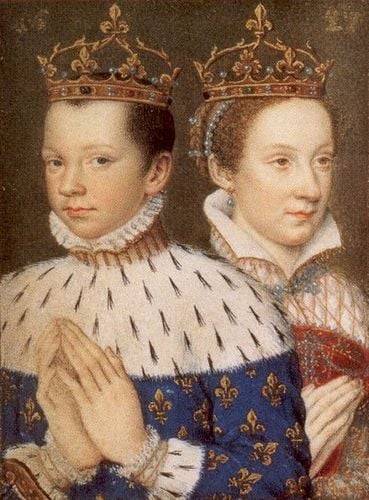
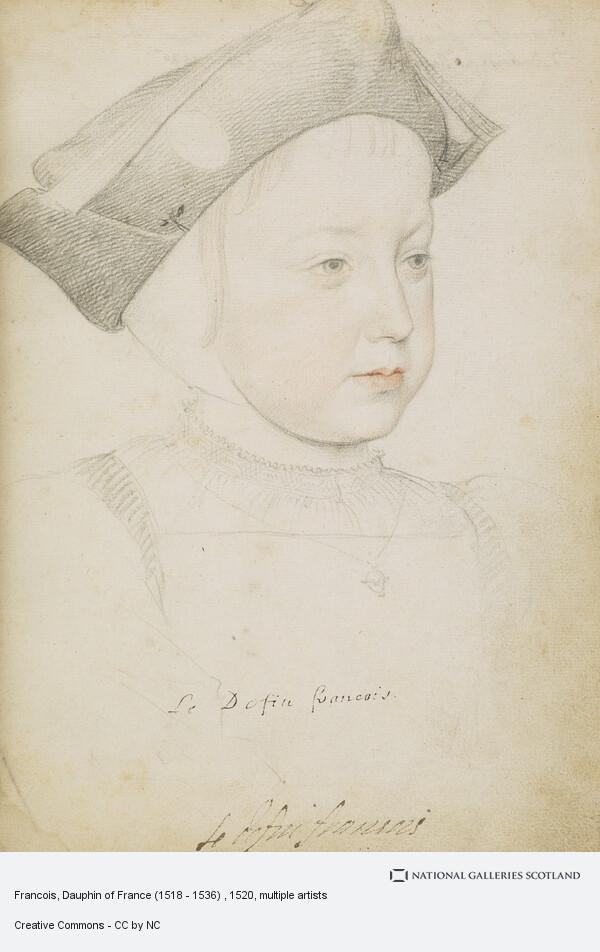

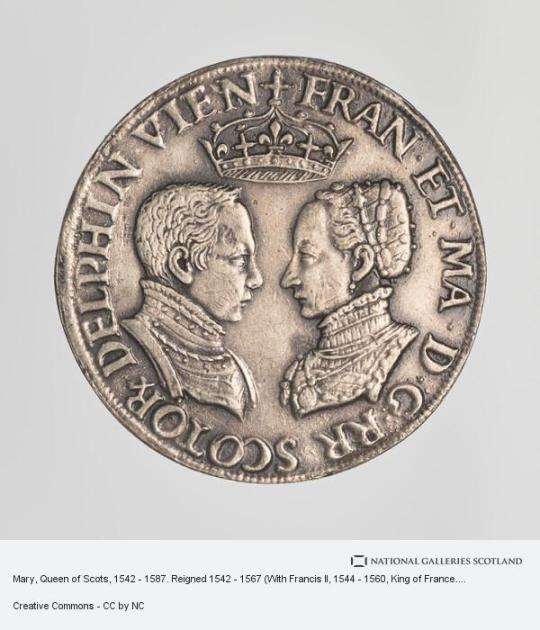
On December 5th 1560 King Francis II of France, the husband of Mary Queen of Scots, died.
Although not crowned it has to be remembered that Francis was also King consort of Scotland.
Francis was born on 19 January 1544, the eldest son of Henry II of France and Catherine de Medici, he was named for his grandfather, King Francis I.
When Francis was four years old, the Scots and French signed the Treaty of Haddington in July 1548 arranging the betrothal of Mary Queen of Scots and the dauphin Francis in return for French aid to expel the invading English. Mary Queen of Scots sailed from Dumbarton for France in the August of 1548 when she was but five years old. The young Queen was accompanied by her four Marys, the daughters of Scottish noble families, Mary Beaton, Mary Seton, Mary Fleming and Mary Livingston.
Mary spent the rest of her childhood at the court of her father-in-law, Henri II Her father-in-law, Henry II of France wrote 'from the very first day they met, my son and she got on as well together as if they had known each other for a long time'. Mary was a pretty child and brought up in the same nursery as her future husband and his siblings, became very attached to him. She corresponded regularly Mary of Guise , who remained in Scotland to rule as regent for her daughter. Much of her early life was spent at Château de Chambord. She was educated at the French court learning French, Latin, Greek, Spanish and Italian and enjoyed falconry, needlework, poetry, prose, horse riding and playing musical instruments.
Mary was the cosseted darling of the French court, the doting Henri II wrote 'The little Queen of Scots is the most perfect child I have ever seen.' He corresponded frequently with Mary of Guise, expressing his delight in his young daughter-in-law. Mary's maternal grandmother, Antoinette of Guise, in a letter to her daughter in Scotland, stated that she found Mary ' very pretty, graceful and self assured.'
Francis and Mary were married with spectacular pageantry and magnificence in the cathedral of Notre Dame, Paris, by the Cardinal Archbishop of Rouen, in the presence of Henry II, Queen Catherine de' Medici and a glittering throng of cardinals and nobles. The French courtier Pierre de Brantôme described Mary as ‘a hundred times more beautiful than a goddess of heaven … her person alone was worth a kingdom.’
Among the wedding guests was one, James Hepburn Earl of Bothwell. Francis was fourteen and Mary fifteen at the time, Francis then held the title King consort of Scotland until his death.
When Henri II was killed during a jousting contest, incidentally by Gabriel de Lorges, Comte de Montgomery, Captain of The Scots Guard, and a descendant of Alexander Montgomerie of Auchterhouse, Mary's young husband Francois ascended the throne. Francis was reported to have found the crown of France so heavy that the nobles were obliged to hold it in place for him.
The young Francis became a tool of Mary's maternal relations, the ambitious Guise family, who seized the chance for power and hoped to crush the Huguenots in France. The Huguenot leader, Louis de Bourbon, prince de Condé plotted the conspiracy of Amboise in March 1560, an abortive coup d'etat in which Huguenots surrounded the Château of Amboise and attempted to seize the King. The conspiracy was savagely put down, and its failure led to increase the power of the Guises. This alarmed the king 's mother, Catherine de Medici, who reacted by attempting to secure the appointment of the moderate Michel de L'Hospital as chancellor.
During the autumn of 1560 François became increasingly ill, and died from the complications of an ear condition, in Orléans, Loiret. Since the marriage had borne no children, the French throne passed to his 10-year-old brother, Charles IX. Mary was said to be grief-stricken Multiple diseases have been suggested as the cause of Francis' death, such as mastoiditis, meningitis, or otitis exacerbated into an abscess. Francis was buried in the Basilica of St Denis.
There was no place for the seventeen year old Mary, Queen of Scots in France, she prepared to return to her native Scotland with an uncertain future that would hold.
16 notes
·
View notes
Text

Pierre Charles Comte (French, 1823–1895) - Interrupted Reading
112 notes
·
View notes
Text

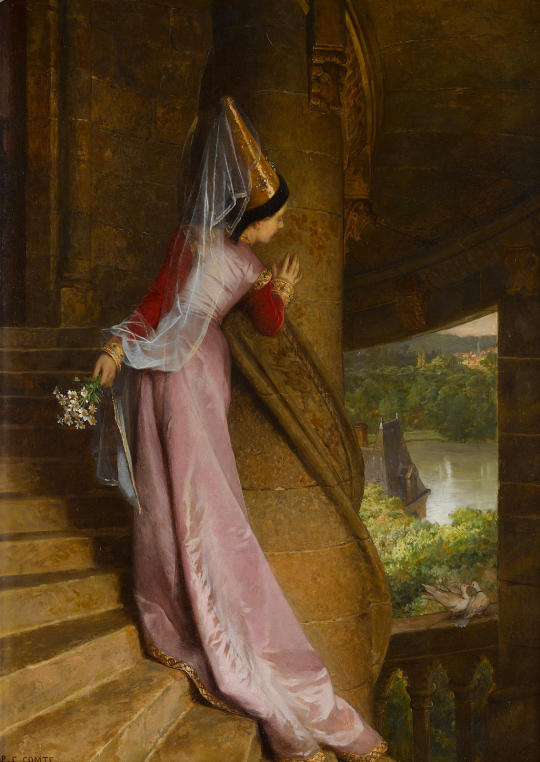


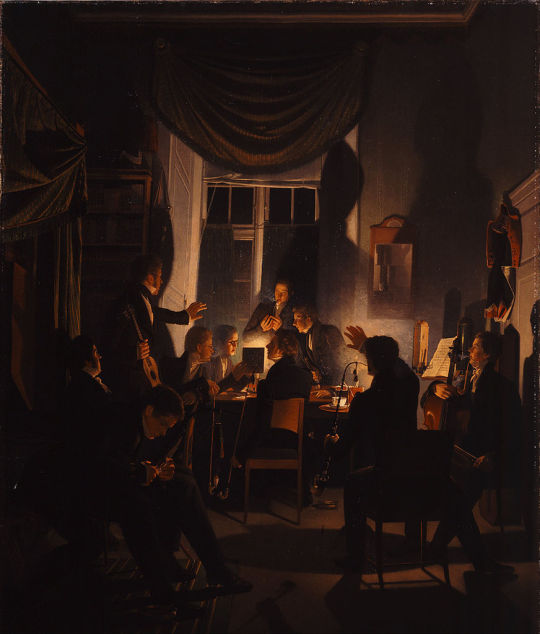



paintings where it's like yesssss let me into your secret little world
Kristie Bretzke, Door Closing
Pierre Charles Comte, The Secret Rendezvous
John Atkinson Grimshaw, Woman on a path by a cottage
Godfried Schalcken, The Wise and Foolish Virgins
Wilhelm Bendz, A Smoking Party
Caroline Walker, Lagoon
Francesco Pirazzi, Albero #2
Spyros Verykios, Untitled
19 notes
·
View notes
